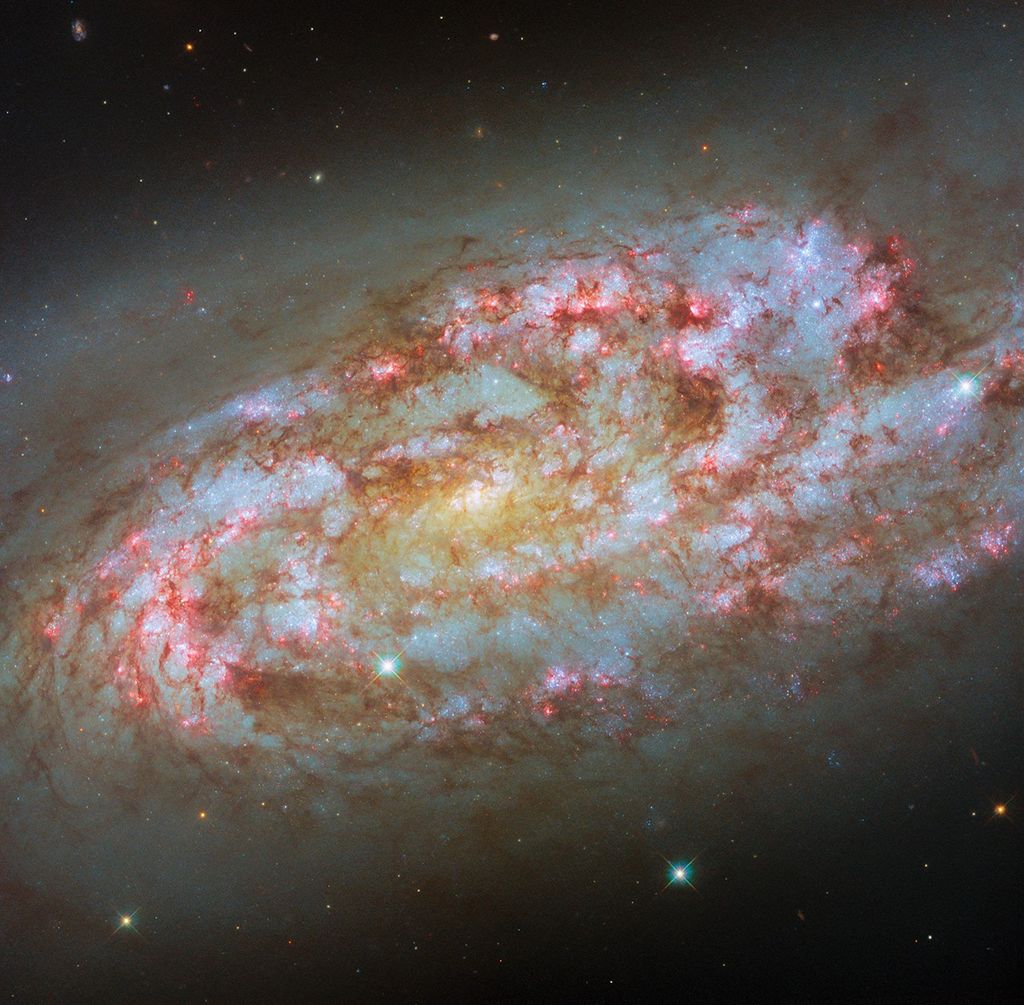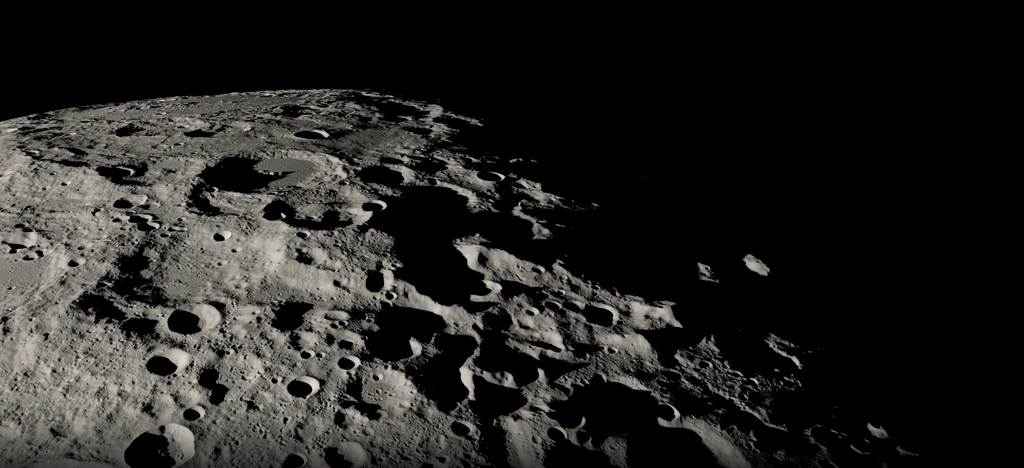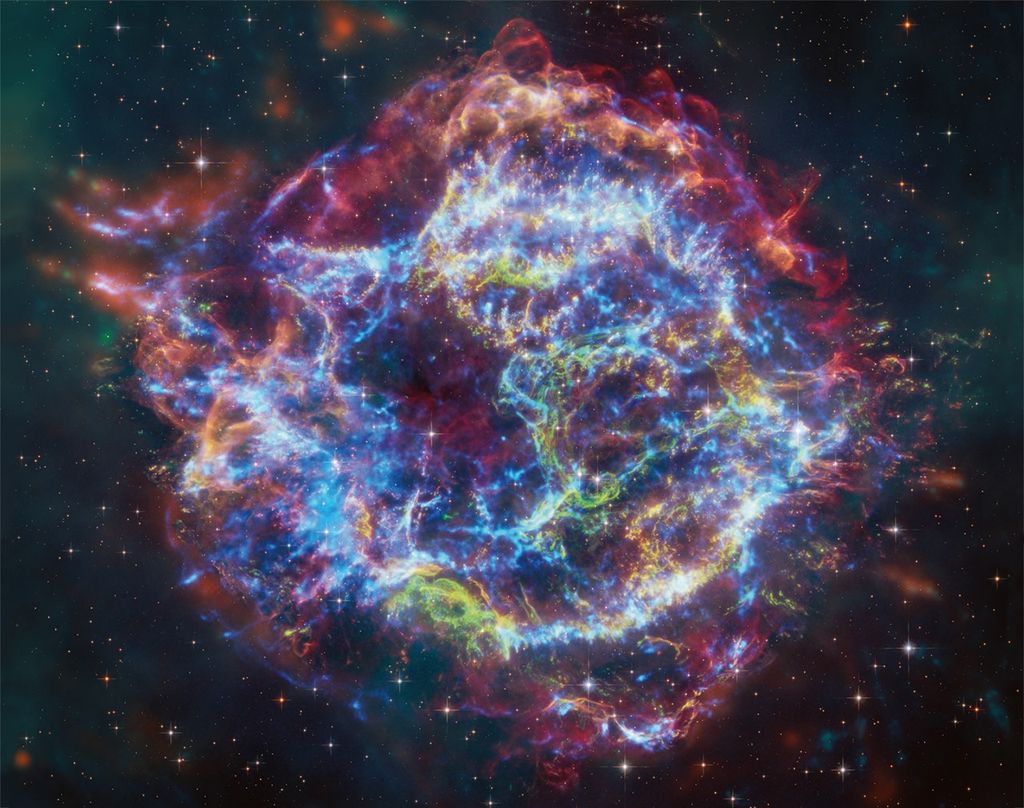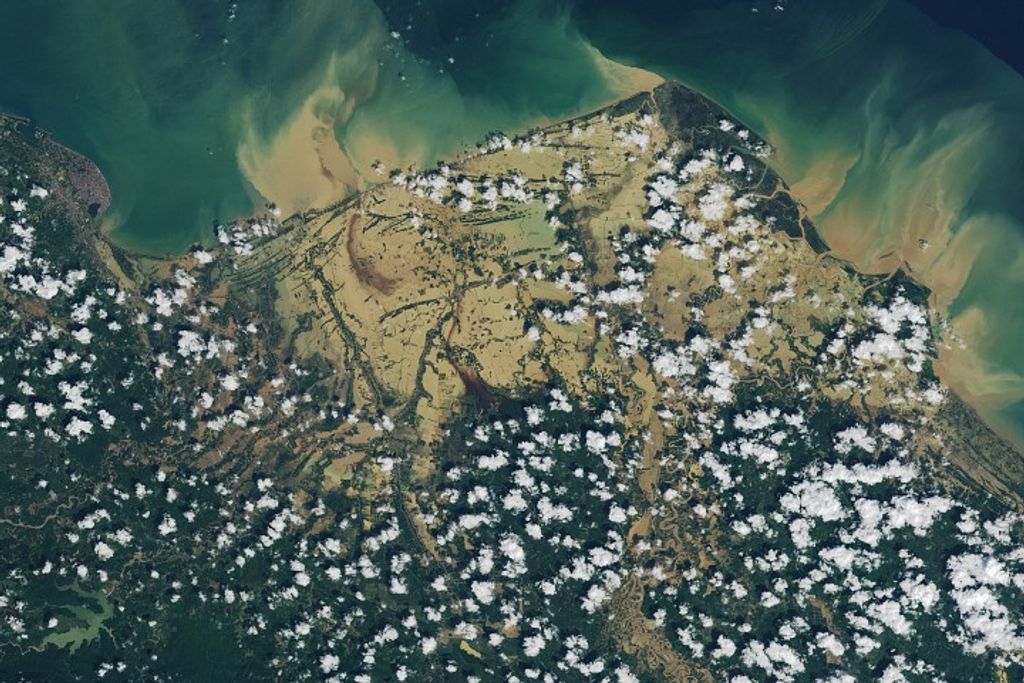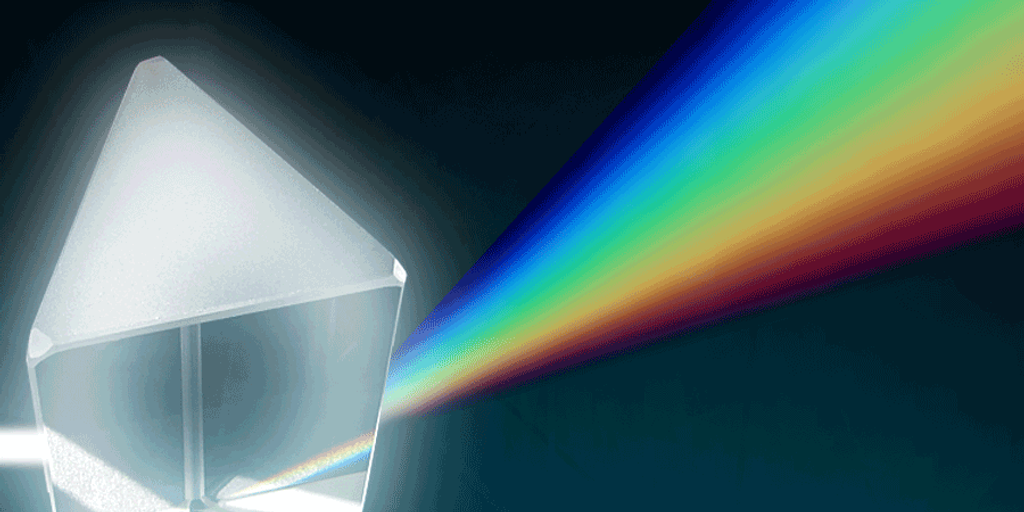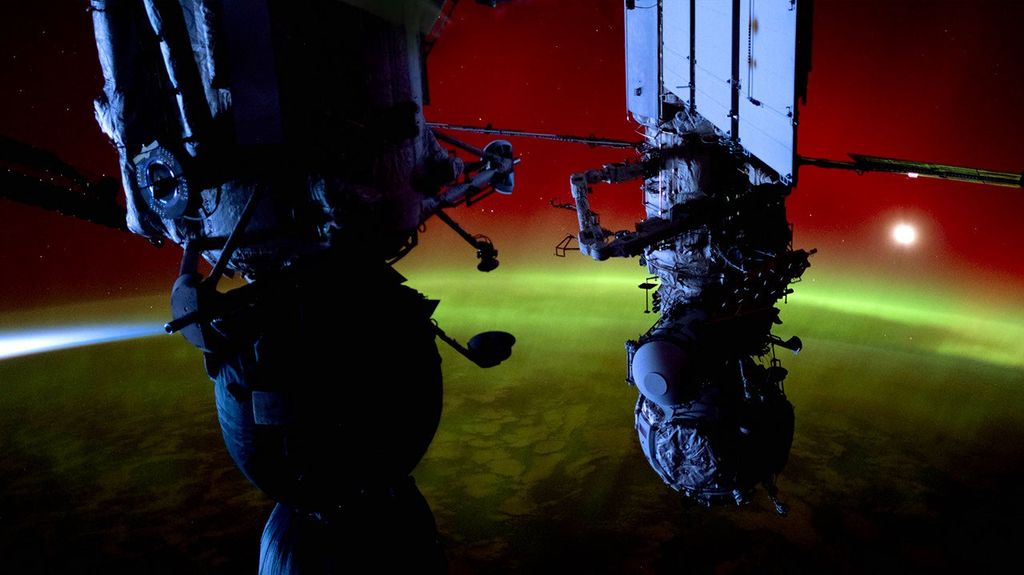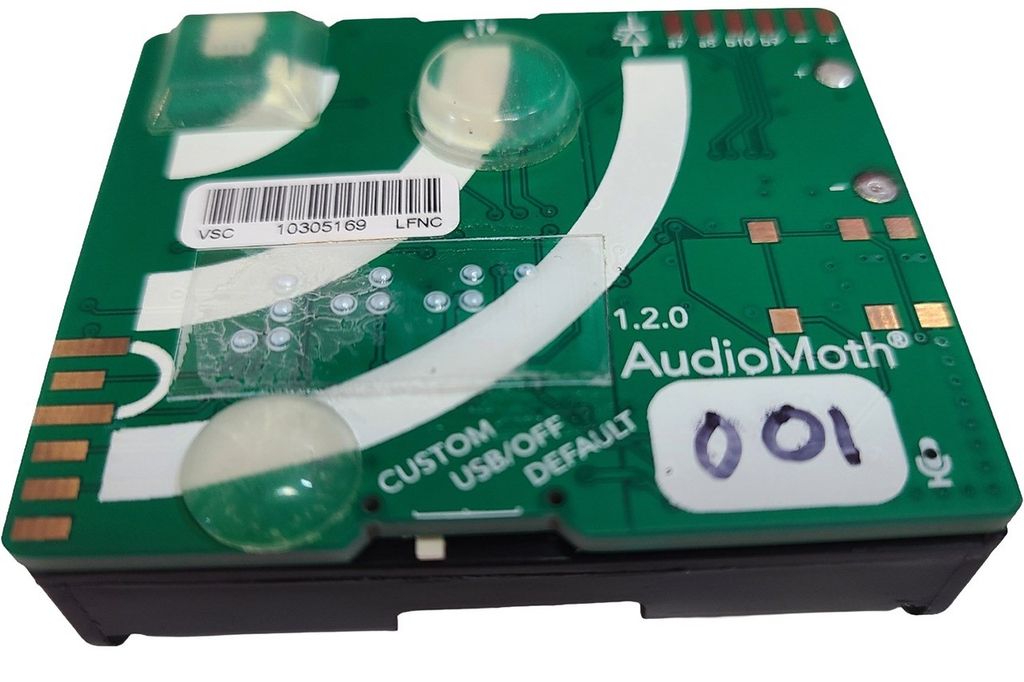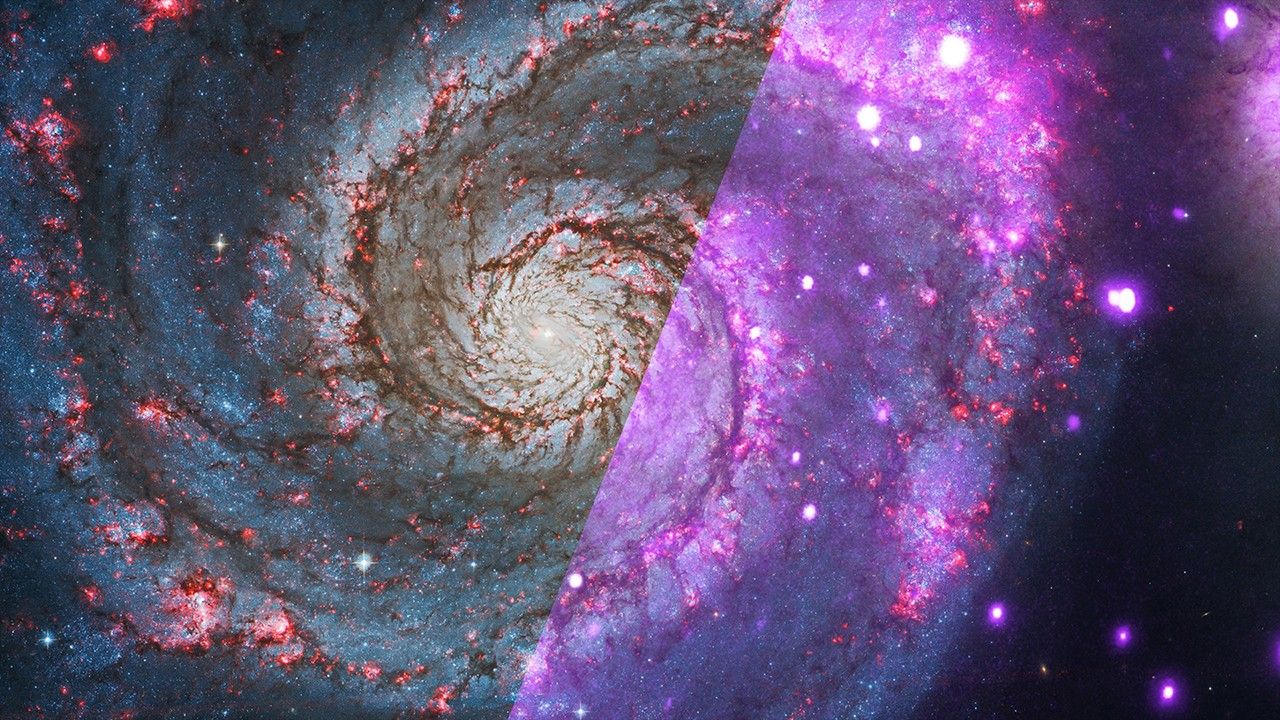Your Input Needed
The Cosmic Origins (COR) Program Office would like to solicit contributions from the COR community on precursor science gaps that will set the scope for the ROSES-2023 proposals call (D.16 Astrophysics Decadal Survey Precursor Science), and to encourage the community to submit proposals in response to this ADPS solicitation.
The precursor science gaps related to Cosmic Origins science themes may be submitted using this Google Form. The solicitations received before November 17, 2023, will be reviewed and compiled to update the precursor science gap list for the ROSES-2023 proposals call.
Precursor science refers to science investigations that inform future mission architecture, by reducing design and/or development risk. The precursor science differs from preparatory science which refers to science investigations that inform the operations or data interpretation for an upcoming observatory but not its mission architecture.
A precursor science gap is a research area where additional work provides information needed to quantify a future mission’s ability to meet its science goals and to assess mission design options. In the context of the ROSES-2023 call, a precursor science gap is the difference between the knowledge we have today, and the knowledge needed to finalize the architectures of the three large missions endorsed by the Astro2020 decadal survey. Unlike one of the strategic science goals of the large missions which were defined by the Astro2020 Decadal Survey, a precursor science gap is an area where work now can make a difference to defining the mission architecture or implementation.
The reports and summary of the science gaps from two community workshops “Precursors to Pathways: Science Enabling NASA Astrophysics Future Great Observatories” which served as reference materials for the proposers during the ROSES-2022 proposal opportunity can be found here.
Contact Us
- Peter Kurczynski (COR, Chief Scientist)
- Swara Ravindranath (COR, Deputy Chief Scientist)
News Straight to Your Inbox
Subscribe to your community email news list
We will never share your email address.





